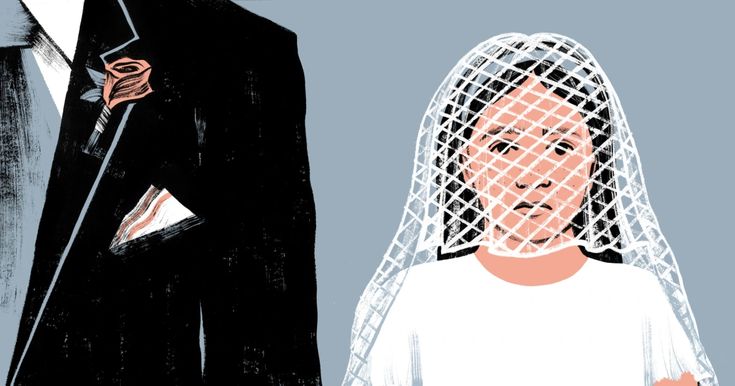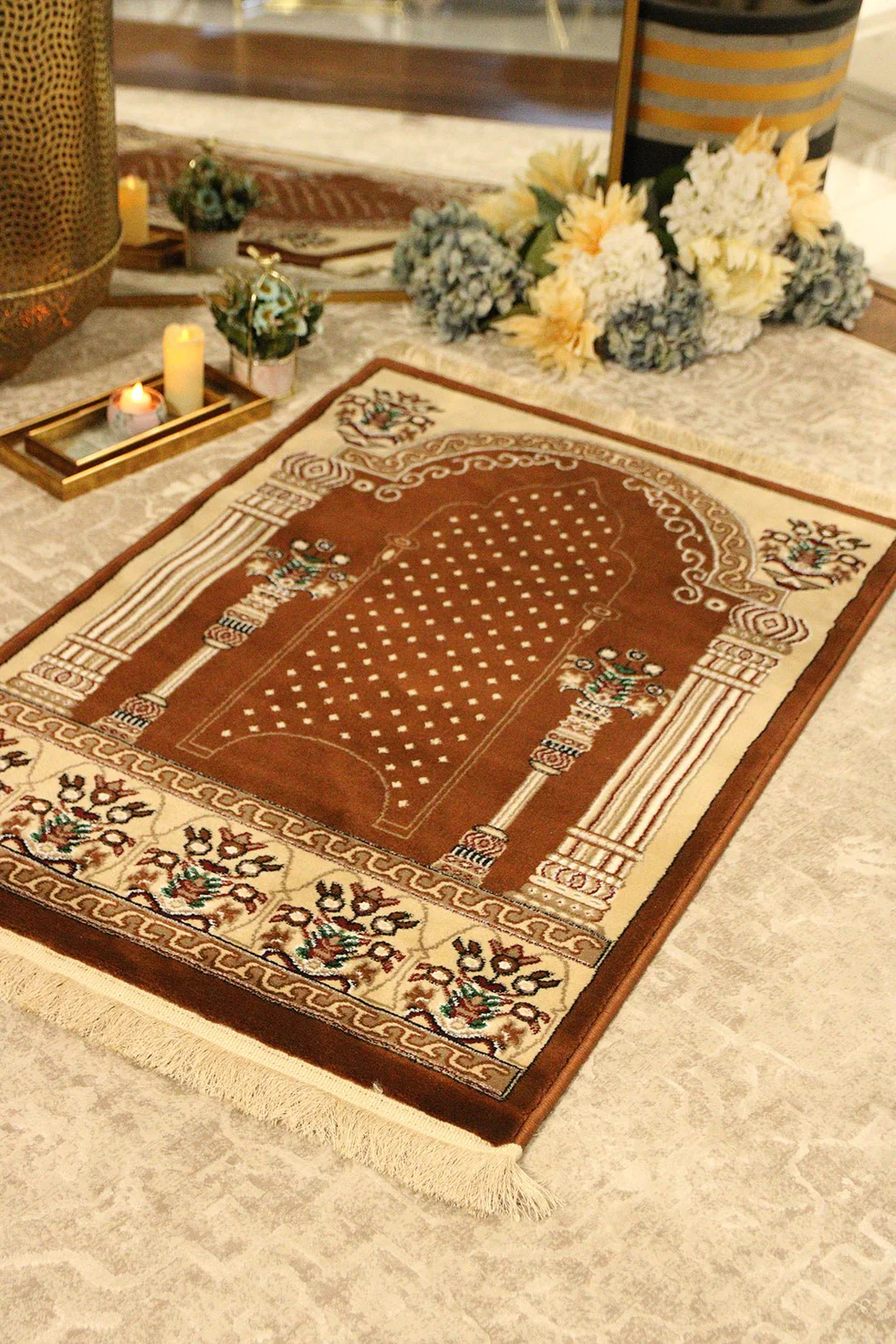
The Islamic prayer rug is an essential item in the lives of practicing Muslims, used during Salah (the Islamic ritual prayer). More than just a physical object, it holds deep spiritual significance and reflects Islamic culture, art, and devotion. Whether you’re exploring its history, symbolism, or looking to buy the perfect prayer rug, this guide has everything you need to know.
1. What Is an Islamic Prayer Rug?
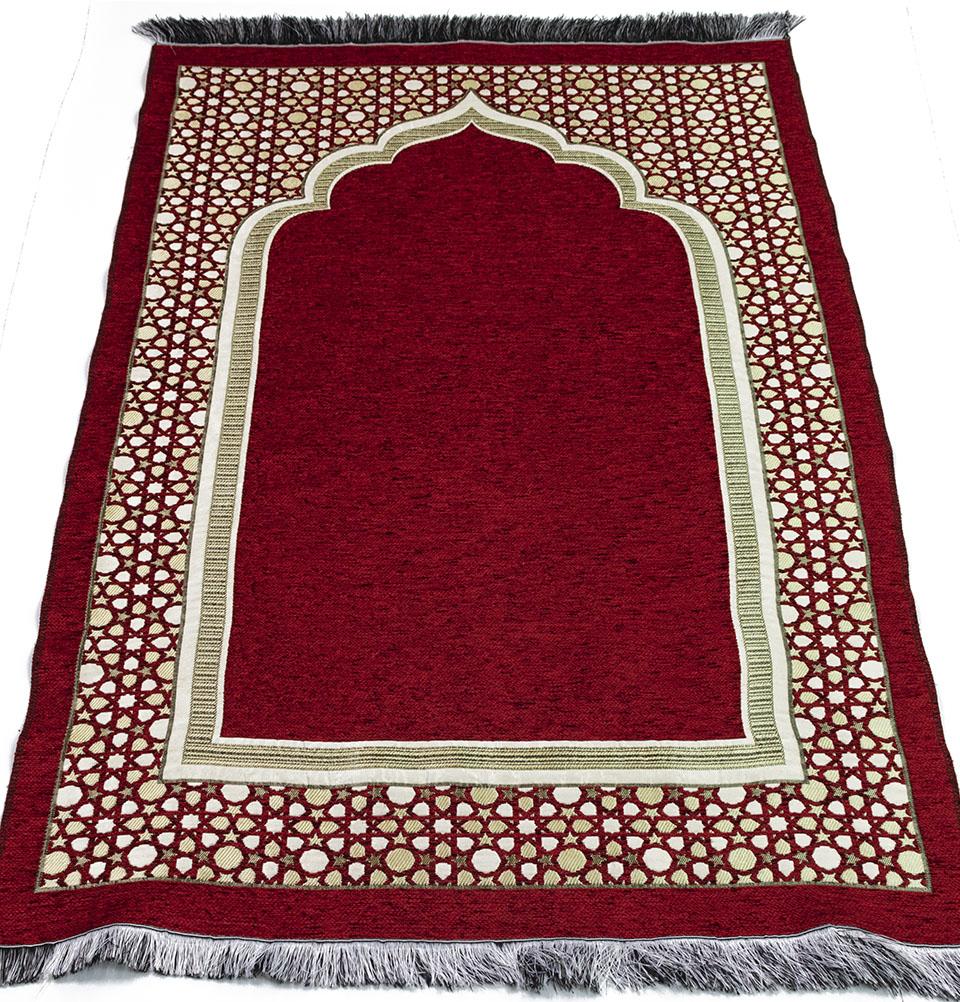
An Islamic prayer rug, also known as a Sajjada in Arabic, is a small, portable mat used during prayers to provide a clean and dedicated space for worship. It typically features intricate patterns, often inspired by Islamic art, such as geometric designs, floral motifs, or calligraphy.
Prayer rugs are designed to be lightweight and easily transportable, ensuring that Muslims can perform their prayers anywhere while maintaining cleanliness and respect.
2. Significance of the Prayer Rug in Islam
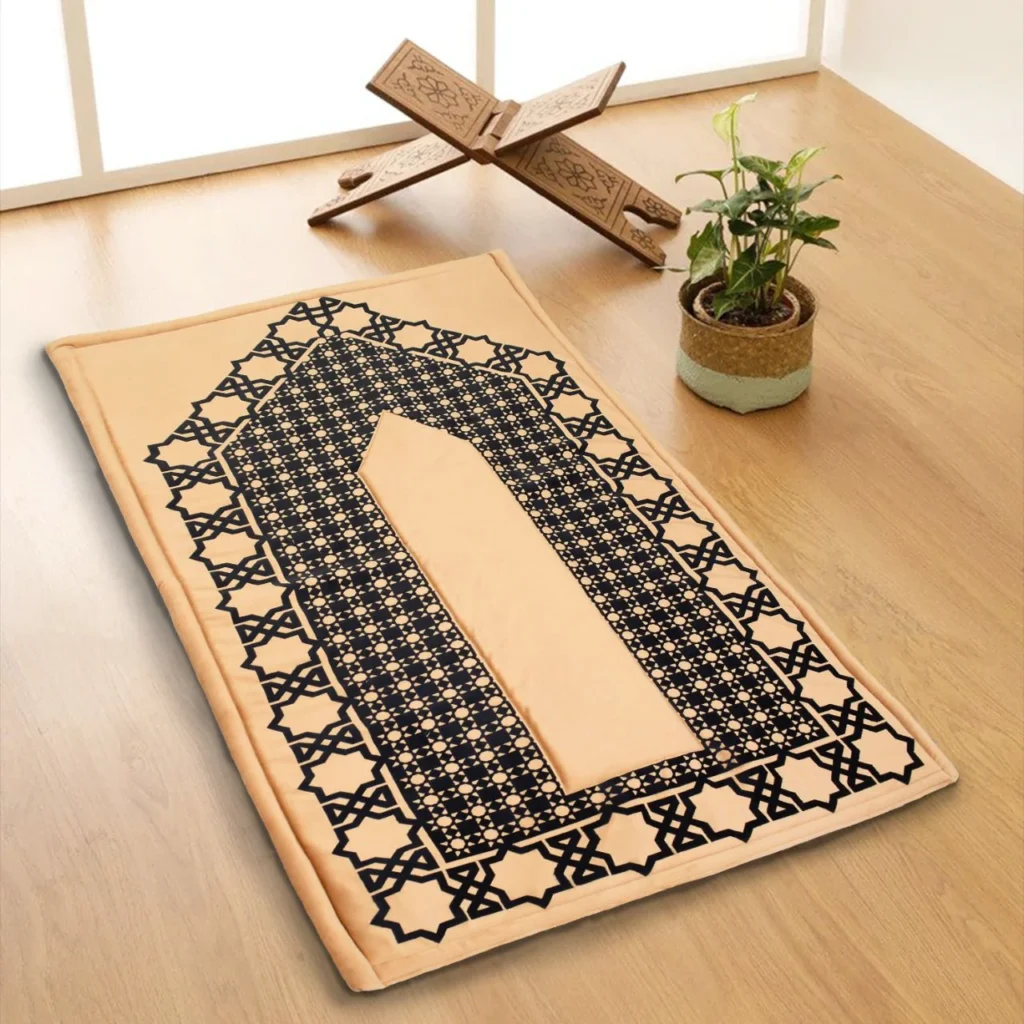
The prayer rug is more than a tool; it symbolizes discipline, focus, and spiritual purity. Its use reflects the importance of maintaining cleanliness during Salah, as prescribed in Islam.
- A Sacred Space: The rug creates a defined space for worship, helping Muslims concentrate on their prayers.
- Symbolism in Design: Many rugs feature symbolic imagery, such as a mihrab (a niche pointing towards Mecca), which reminds the user of the Qibla direction.
The Prophet Muhammad (peace be upon him) emphasized cleanliness in prayer, and the prayer rug helps fulfill this essential requirement.
3. Types of Islamic Prayer Rugs
There are various types of prayer rugs to suit different preferences and needs:
a. Traditional Prayer Rugs
- Made from materials like wool or cotton.
- Feature classic Islamic designs, often passed down through generations.
b. Modern Prayer Rugs
- Incorporate contemporary designs with bright colors and innovative materials.
- Often non-slip or foldable for added convenience.
c. Travel Prayer Mats
- Compact and lightweight, perfect for carrying on journeys.
- Many are waterproof, ensuring usability in outdoor settings.
d. Children’s Prayer Mats
- Designed with vibrant colors and simple patterns to engage children in prayer.
4. Common Designs and Their Meanings
Islamic prayer rugs often feature intricate patterns that carry cultural and spiritual meanings:
- Geometric Patterns: Represent the infinite nature of Allah’s creation.
- Floral Motifs: Symbolize paradise and purity.
- Arabic Calligraphy: Often include verses from the Quran, emphasizing devotion and faith.
- Mihrab Design: Mimics the niche in a mosque that points toward the Qibla.
These designs serve as a reminder of the user’s faith and the beauty of Islamic art.
5. How to Use and Care for an Islamic Prayer Rug
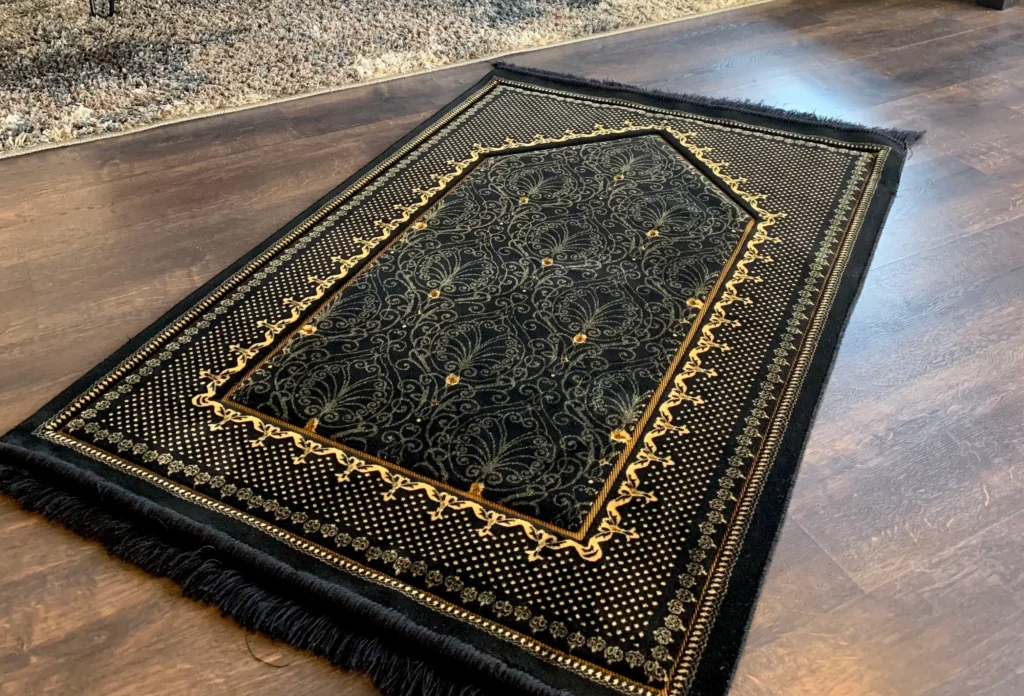
To maintain the sanctity and longevity of your prayer rug, follow these tips:
Using the Rug
- Ensure the rug is clean before use.
- Place it on a flat surface, aligning the mihrab design with the Qibla direction.
Caring for Your Rug
- Regular Cleaning: Gently hand wash or use a vacuum to remove dust. Avoid harsh detergents to preserve delicate fabrics.
- Proper Storage: Roll the rug to prevent creases and store it in a dry place.
- Respect: Avoid stepping on the rug with shoes or placing it in impure locations.
6. Where to Buy an Islamic Prayer Rug
Finding the right prayer rug involves considering quality, design, and budget. Here are some popular options:
Online Stores
- Websites like Amazon, Etsy, and specialty Islamic retailers offer a wide range of prayer rugs with various designs and materials.
- Look for customer reviews and descriptions to ensure quality.
Local Islamic Shops
- Visiting a local Islamic store allows you to see and feel the rug before purchasing.
- Supporting local businesses also strengthens the community.
Custom Options
- Many artisans offer handmade prayer rugs, allowing customization in size, design, and material.
7. Benefits of Using a Prayer Rug
Using a prayer rug enhances your spiritual experience during Salah in several ways:
- Focus: The defined space helps minimize distractions.
- Comfort: Soft materials provide a comfortable surface for worship.
- Cleanliness: Ensures a hygienic space for prayer.
- Portability: Enables Muslims to pray in any location, whether at home, work, or while traveling.
8. Islamic Perspective on Respecting the Prayer Rug
Islam emphasizes respect for items used in worship. Some important practices include:
- Avoid using the prayer rug for non-religious purposes.
- Keep it clean and away from impure substances.
- Do not leave it unfolded or neglected after use.
These practices help maintain the sanctity of the rug and ensure it remains a dedicated tool for prayer.
Conclusion
The Islamic prayer rug is a symbol of faith, culture, and devotion. From its historical significance to its artistic beauty, it plays a vital role in the spiritual lives of Muslims. Whether you’re purchasing your first prayer rug or adding to your collection, understanding its purpose and meaning can deepen your connection to your faith.
For high-quality Islamic prayer rugs with beautiful designs and durable materials, explore trusted online stores or visit your local Islamic shop today. Enhance your Salah with a rug that reflects your spirituality and devotion.
 Colors
Colors 
 Support
Support 

